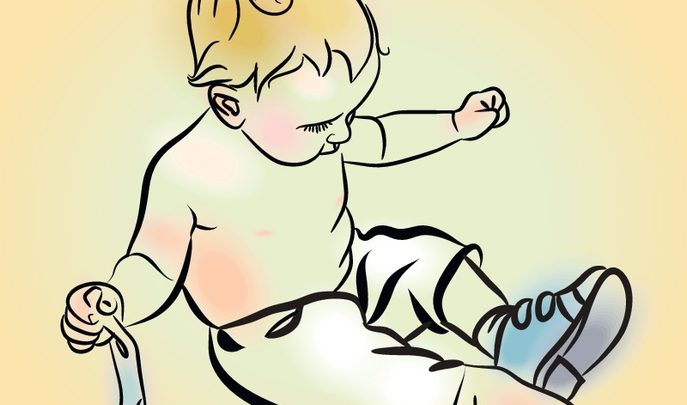“Like Any Skill, Independence Needs To Be Learned”

Doing everything for the children in your care does nobody any favours – far better to promote a have-a-go attitude, says Sue Cowley…

- by Sue Cowley

When children are small, they rely on adults to support and care for them. At first, babies need our help to feed themselves, and when we hand over the spoon it is inevitable that they make a lot of mess.
Later, toddlers need help to dress themselves and to put their shoes on the right feet. As they grow older, though, children can take on more responsibility for self-care. During this process, we can help them learn how to control their emotional reactions and frustrations, and to moderate their behaviour according to the context.
Gradually, with support, children increase in independence and learn to regulate their own behaviours.
The scenario
You have noticed that some of your children need a lot of help with getting their coats on when they go outside and putting their coats back on the hooks when they come in. Several children are still in the early stages of toilet training, despite being nearly at school starting age.
You sense of a kind ‘learned helplessness’ in the children – they seem scared to have a go for fear of getting things wrong. You want to find ways to encourage them to behave more independently.
Do-it-yourself
When working with young children it can feel like it would be quicker to do things for them, rather than wait for them to go step-by-step through a process by themselves. But every time we step in, an opportunity to build independence is missed.
Like any skill, independence needs to be learned, and the best way to learn is through giving it a try – even if that means getting it wrong at first.
1. Set aside enough time for activities like getting dressed or getting changed. Give the children space and time to have a go for themselves.
2. Be clear with the children that making mistakes is okay, indeed that it is positively welcomed. Have plenty of spare clothes, so that any spills or accidents are easily dealt with.
3. Work with parents to take a consistent approach between the home and the setting. There is little point in helping to toilet train a child in your setting if parents put the child back in nappies at home, or vice versa.
4. Use specific and targeted praise to show the children you are pleased with their efforts to be independent.
5. It can be helpful to set targets for children, in graduated steps. For instance, ‘finding my peg’ first, followed by ‘getting my coat from the peg’ and then ‘returning it to the right peg’.
Using challenge
If we wrap children up in cotton wool and never ask them to take risks, they take a long time to learn how to behave independently. By creating challenges for your children, and supporting them as they work towards meeting these challenges, you can encourage your children to become more independent.
• Be at home with mess – think of how messy it is when a baby first tries to feed herself. If we waited for her to be able to do it neatly, we would be waiting a long time.
• Encourage parents to send the children into your setting dressed appropriately for the challenges they will face. You don’t want to be worrying that they will get paint on their lovely designer white top.
• There is a lot of challenge outdoors, so encourage your children to go outdoors whenever you can. A dedicated forest school session is very helpful for building challenge and independence.
• Free flow between indoors and outdoors adds a layer of challenge, because the children need to put on coats, wash hands, and so on.
Creating routines
Create a clear set of routines for your setting, to help children build independence within a safe and supportive environment. For example, for the start of sessions encourage parents to help the children find their names and self-register, rather than doing it for them.
During the day, build in lots of chances to be independent through volunteering – children could help chop fruit for snacks or pass round the cups for drinks – and create an element of choice within the learning to support decision making. You might leave a space free for ‘children’s choice’ each day, or introduce a book showing the resources on offer, and ask the children to pick out the ones they want to play with.
Sue Cowley is a teacher, author and presenter; her forthcoming book, The Artful Educator, is due to be published by Crown House in early 2017. For more information, visit www.suecowley.co.uk or follow @Sue_Cowley











